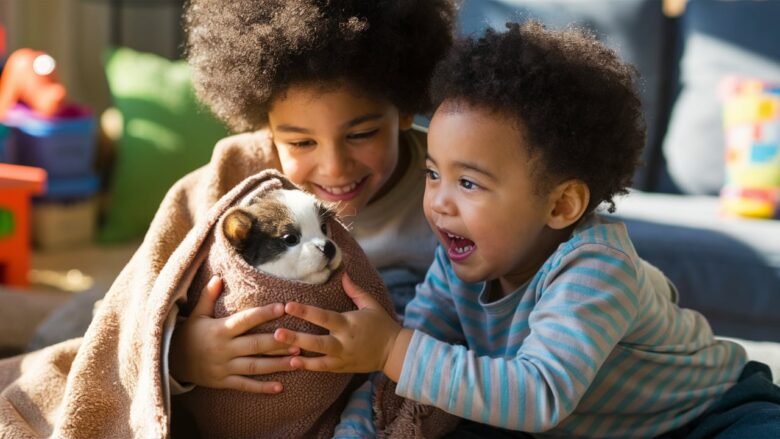Introducing pets to children is a rewarding experience that fosters compassion and responsibility. Understanding how to teach kids pet care, ensure safe interactions, and engage them with educational activities enriches both their lives and those of their furry companions. This article delves into effective strategies for nurturing this bond responsibly.
The Joy of Introducing Pets to Children
Introducing pets to children enriches their emotional development, offering companionship while imparting essential life lessons. Select pets based on family dynamics; small dogs, cats, and even small mammals often provide warm, accessible interactions. Prepare children by discussing care, routines, and safe handling to ease transitions when welcoming a new pet into the home, fostering a sense of anticipation and responsibility.
Teaching Kids About Pet Responsibility
Teaching children about pet responsibility is vital for their growth. By engaging in tasks like feeding and grooming, kids develop accountability. Simple chores based on age—such as filling water bowls or brushing fur—instill a routine, enhancing their understanding of caregiving’s importance. Positive reinforcement encourages consistency and pride in responsibility, fostering empathy towards animals. Gradually increasing responsibilities, like walking a dog or cleaning litter boxes, develops problem-solving skills and time management. Ultimately, these duties empower children, illustrating real-life consequences and nurturing a lifelong commitment to pet well-being, shaping compassionate individuals.
Ensuring Safe Interactions Between Pets and Kids
To ensure safe interactions between pets and kids, adults must educate children on recognizing pet behaviors, such as signs of discomfort or aggression. Establish clear boundaries and promote respectful distance during playtime. Supervision and ongoing pet training enhance safety and comfort for both pets and kids, fostering trust and understanding within their relationship.
Engaging Educational Activities with Pets
Engaging educational activities provide a wonderful platform for children to bond with their pets while learning valuable lessons about responsibility and care. Consider pet-themed crafts, such as creating personalized collars or designing a scrapbook that chronicles their pet’s journey. Obedience training sessions can transform into fun games, reinforcing discipline while allowing kids to take an active role in their pet’s behavior development. Classroom projects can include presentations about pet care, fostering research skills and empathy. These activities not only enhance knowledge but also deepen the loving connection between children and their furry friends.
Conclusions
In conclusion, introducing pets to children fosters mutual respect and compassion, critical for their emotional growth. By teaching kids about pet responsibility, ensuring safe interactions, and incorporating educational activities, we create a harmonious environment for both children and pets, allowing for the development of lifelong caring relationships.



